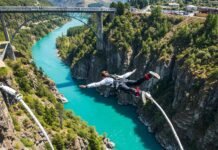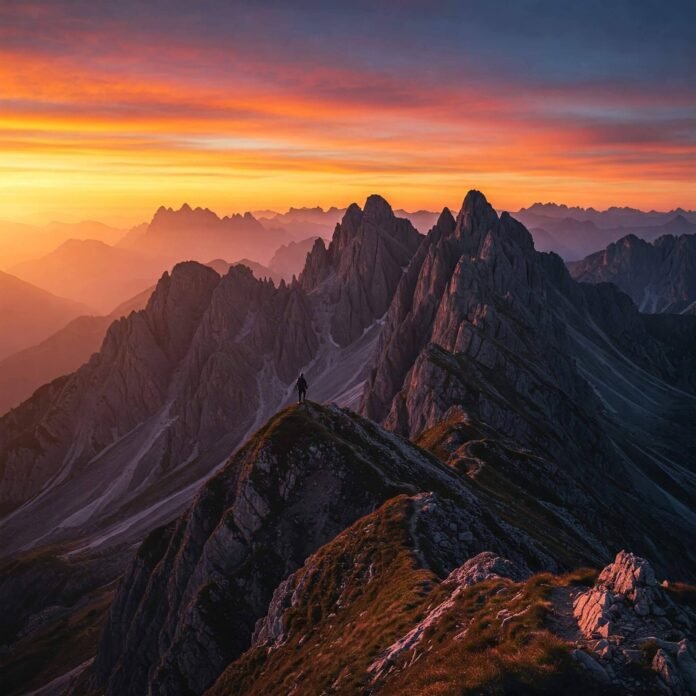Mountain adventures offer an exhilarating escape into nature’s grandeur, blending adrenaline, serenity, and breathtaking views. Whether you’re a novice hiker or a seasoned mountaineer, this guide unlocks the secrets to unforgettable mountain experiences. From choosing the right trails to mastering essential gear, we’ve got you covered with actionable tips and expert insights to elevate your journey.
Why Mountain Adventures Are for Everyone
Mountain adventures captivate all skill levels with their promise of challenge and reward. For beginners, a gentle trail offers a taste of nature’s beauty, while pros chase the thrill of scaling rugged peaks. According to the Outdoor Industry Association, over 50% of Americans participated in outdoor activities in 2023, with hiking and climbing surging in popularity. This guide ensures everyone can embrace the mountains with confidence.
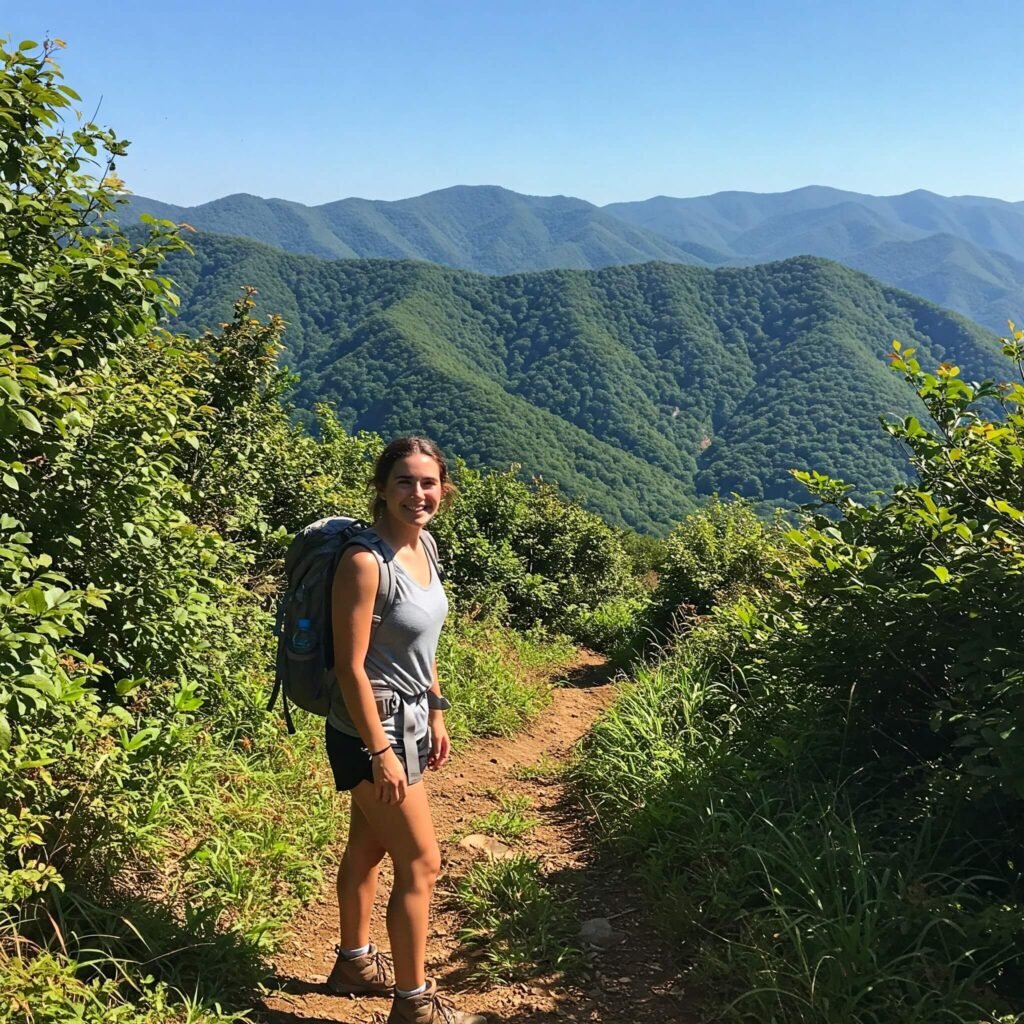
Getting Started with Mountain Adventures: Tips for Beginners
Choosing the Right Trail for Your First Mountain Adventure
Selecting a beginner-friendly trail is crucial for a safe and enjoyable experience. Look for trails with moderate elevation gains and well-marked paths. Websites like AllTrails offer detailed reviews and difficulty ratings.
- Research trail length: Aim for 2-5 miles for your first hike.
- Check elevation gain: Less than 1,000 feet is ideal for novices.
- Read recent reviews: Ensure the trail is accessible and safe.
Example: Sarah, a first-time hiker, chose the 3-mile loop at Yosemite’s Mirror Lake trail. Its gentle incline and stunning views built her confidence for future adventures.
Essential Gear for Beginner Mountain Adventures
Investing in quality gear enhances comfort and safety. Start with these must-haves:
- Hiking boots: Opt for waterproof, ankle-supporting boots like the Merrell Moab 2.
- Backpack: A 20-30L daypack for water, snacks, and layers.
- Navigation tools: A map, compass, or GPS app like Gaia GPS.
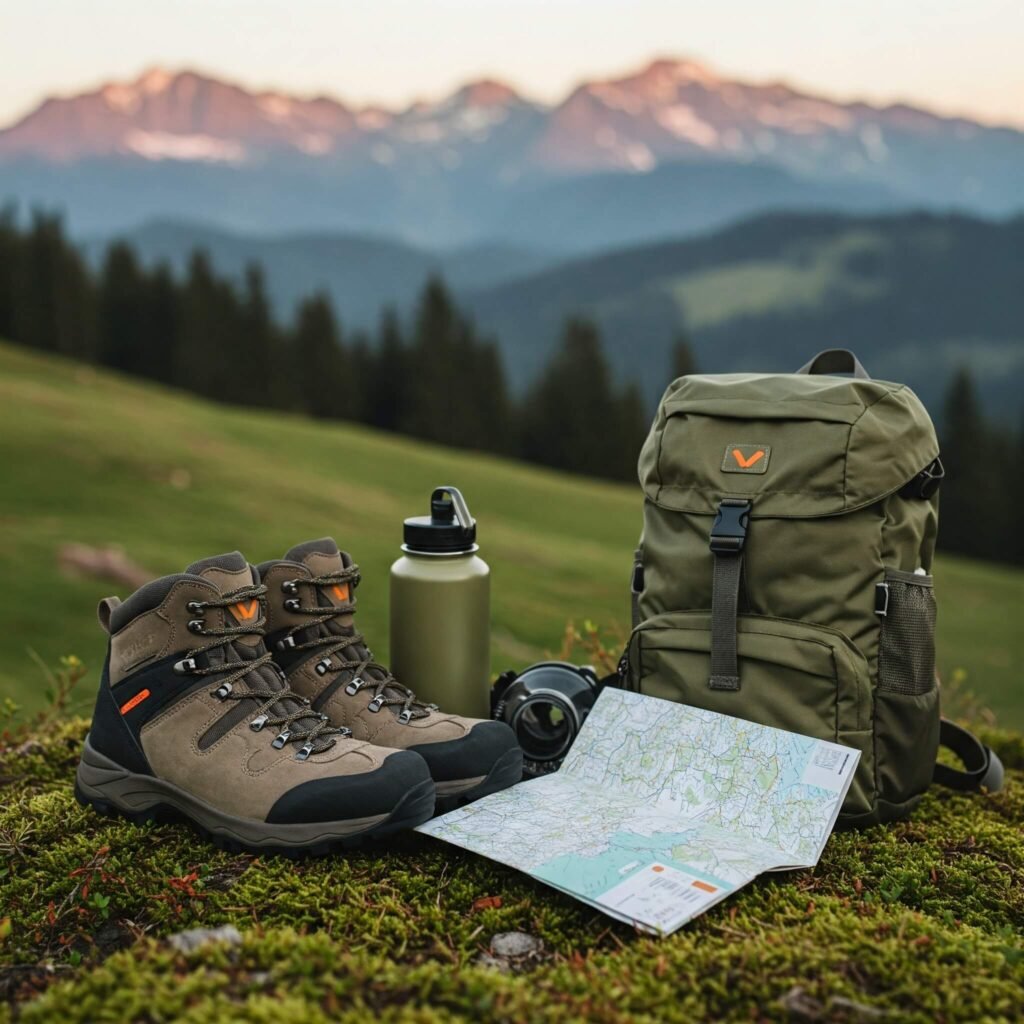
Leveling Up: Advanced Tips for Pro Mountain Adventures
Mastering Technical Mountaineering Skills
For seasoned adventurers, mountain adventures often involve technical challenges like rock climbing or glacier travel. Enroll in a course with organizations like the American Alpine Club to learn rope techniques and crevasse rescue.
- Practice knots: Master the figure-eight and bowline for secure climbing.
- Train endurance: Simulate high-altitude conditions with stair-climbing workouts.
- Join guided trips: Gain experience under expert supervision.
Example: Mark, an experienced climber, summited Mont Blanc after a guided training program, mastering ice axe techniques on safer slopes first.
Upgrading Your Mountaineering Gear
Pros need specialized equipment for extreme conditions. Prioritize lightweight, durable options:
- Crampons: Black Diamond Contact Crampons for icy terrain.
- Climbing harness: A versatile model like the Petzl Adjama.
- Satellite communicator: Devices like the Garmin inReach Mini for remote emergencies.
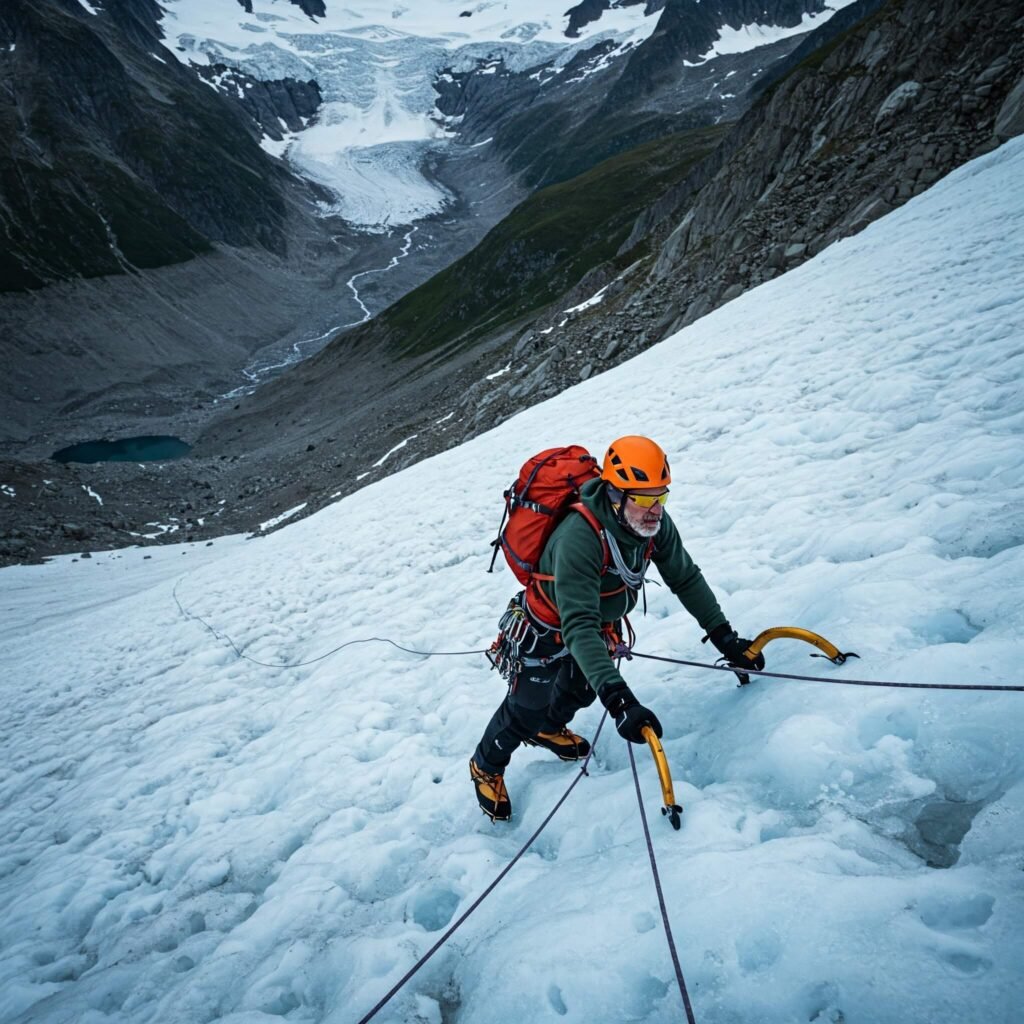
Safety Tips for All Mountain Adventures
Preparing for Your Mountain Adventure
Safety is paramount, whether you’re a beginner or a pro. Always check weather forecasts and share your itinerary with a trusted contact. The National Park Service recommends the “10 Essentials” for every hike:
- Navigation (map, compass, GPS)
- Sun protection (sunscreen, hat)
- Insulation (extra layers)
- Illumination (headlamp)
- First-aid kit
- Fire (waterproof matches)
- Repair kit (duct tape, multi-tool)
- Nutrition (extra food)
- Hydration (water, purifier)
- Emergency shelter (bivy sack)
Handling Emergencies on Mountain Adventures
Unexpected challenges like injuries or getting lost can arise. Stay calm and follow these steps:
- Signal for help: Use a whistle or satellite communicator.
- Stay put: If lost, remain in place to aid rescuers.
- Treat injuries: Use your first-aid kit for minor wounds; stabilize serious injuries until help arrives.
Data Point: A 2024 study by the International Climbing and Mountaineering Federation found that 70% of mountain accidents were preventable with proper preparation.
Top Destinations for Mountain Adventures
Beginner-Friendly Mountain Trails
- Appalachian Trail, USA: Short sections like Springer Mountain offer gentle hikes with stunning views.
- Snowdonia National Park, UK: Try the Llanberis Path for a manageable Snowdon ascent.
Epic Peaks for Pro Mountaineers
- Mount Kilimanjaro, Tanzania: A non-technical but challenging trek to 19,341 feet.
- The Alps, Europe: Tackle routes like the Eiger’s North Face for a technical thrill.
Final Thoughts on Mountain Adventures
Mountain adventures ignite a passion for exploration, offering challenges and rewards for all. Beginners can start small with well-chosen trails, while pros push their limits on iconic peaks. With the right gear, preparation, and mindset, your next mountain adventure awaits. Share your favorite trails in the comments, and let’s inspire each other to conquer the peaks!
Outbound Link: Mountain Climbing for Beginners: Your Ultimate Guide to Peaks, Preparation, and Adventures



